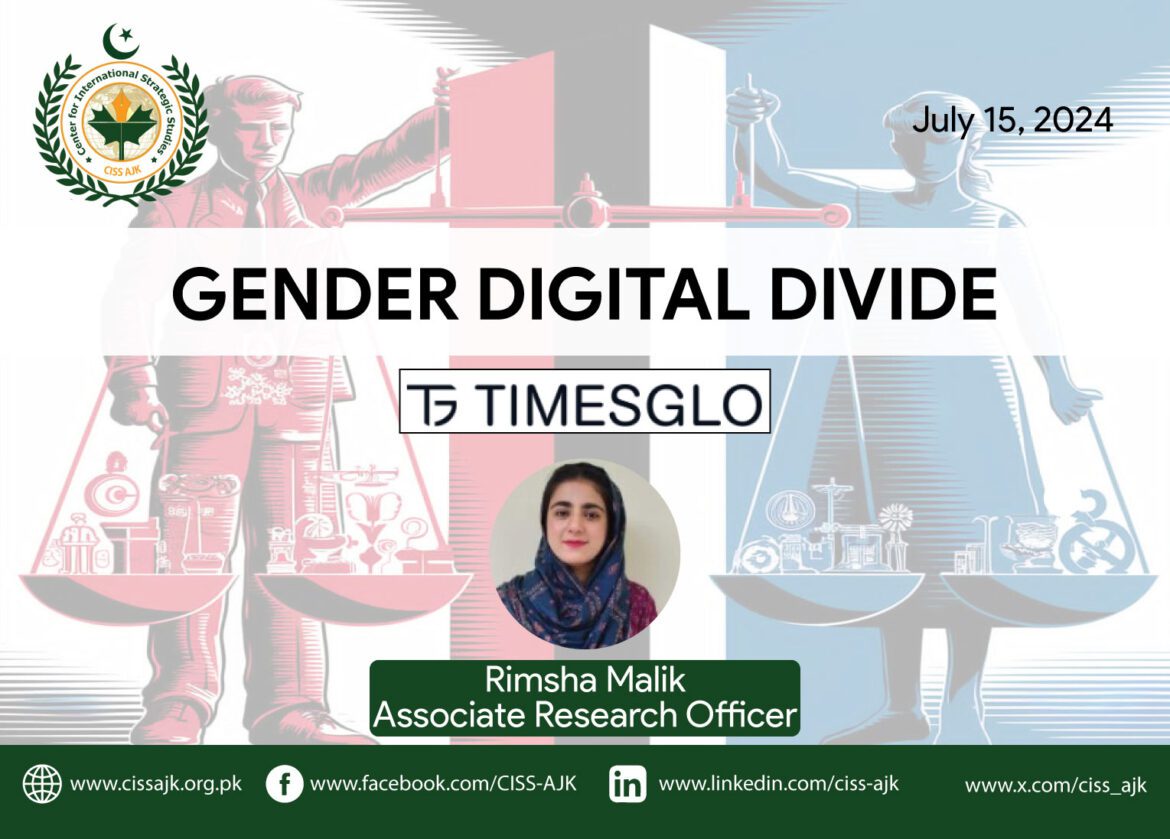Over the past few decades, the digital revolution has opened up social networks to technology much more than before; Information and Communication Technologies (ICTs) play an important role in common people’s political, economic, and social participation. However, it is important to note that the digital divide which involves access and usage about socio-economic status, age, and geographical location is widening.
Thus, such factors as gender inequalities are known to contribute to this difference. Gender disparities have been around for thousands of years and are significant to solving the problem of social justice. Because it is a human right that cannot be compromised, gender equity is paramount for society and economic progress. As it is seen using the data from UN Women, women are less likely to use the internet than men, particularly in poor countries the difference can be up to 31%.
Taking women out of the purview of ICTs deprives them of opportunities to transform themselves and society. As instruments for change and global agency, ICTs are very important to women especially those in underdeveloped countries.
However, in some cases, ICTs can assist individual women to bring changes and achieve a desirable status in life.
This type of systematic inequality means that women’s social participation is constricted and the global economy is not progressing as fast as it could otherwise. Males: 68% have reported to frequently use of personal computer and the internet; while females: 62%. In addition, while 33% of men install software in contrast to 18% of women, 47% of men use online banking compared to 35% of women. Although women are more than half of the university graduates in the globe, they remain a minority in the science and ICT fields where they only represent 8% of the total software industry employees. The gender digital divide is not only a problem of technology but a complex economic, social, and cultural problem, rooted in gender inequality. Girls and women cannot effectively participate in our society, especially with decisions affecting a problem that they care about by lacking enhanced access to ICTs.
In addition, the adoption of ICTs and online content is likely to perpetuate existing disparities if women are not included in their development. Economic dependency is another challenge since most women are economically disadvantaged, have less control over resources, and cannot afford ICT devices. For instance, 60 percent of women are unpaid home workers, which sharply restricts their opportunities to use the new technology. Geographical location is also found to have a strong correlation with the gender digital divide. Female internet penetration is lowest in developing countries constituting only 25% of internet users in Africa, 38% in Latin America, and 22% in Asia. Secondly, women in rural areas have limited access to the Internet as compared to women in urban areas.
The gender digital divide is also influenced by social factors as most of female individuals cannot access the ICTs due to discriminative measures that are put in place based on their gender. The rules and norms of society sometimes keep women in their stereotyped roles and do not let them consider digital literacy, except when it applies to their given roles and when they seek personal and technological growth. For instance, in Southern India and Ghana, culture often limits women’s access to and use of ICT. However, females, especially those who are well educated, utilize the internet to an equal extent, if not more wisely, than males; proving the point that women are no less efficient in using male-dominated technology, should they be given proper education and chance. Why is closing the gender digital divide necessary?
Closing the divide between the digital has and have-nots has far-reaching consequences for not only women but for the leaders who can accommodate their respective communities as well as the entire economy. Access to ICTs empowers women economically by allowing them to bypass male-dominated market structures and diversify their business ventures, leading to economic transformation. In healthcare, ICTs facilitate better access to health information and services, improving public health, especially in isolated communities. For education, ICTs provide both formal and informal learning opportunities, helping women continue their education throughout their lives despite barriers to traditional schooling.
Gender consideration in cybersecurity entails assimilating gender perceptions into organizational practices, enhancing sex-specific competencies, and addressing the sex digital divide. It should be done in partnership with the Women, Peace, and Security agenda to enhance gender-sensitive arms control measures. States, relevant academia, and civil society actors must collectively build a gender and cybersecurity tool kit that will enhance the implementation process of the policy. Recipient research into gendered implications in cybersecurity and transparency about what is collected systematically can aid the development of gender-sensitive policy. The frequency of reviewing and reporting, gender-related cybersecurity actions is important especially when inviting various gender-oriented organizations. These measures will enhance the safety of all gender identities, thereby exhibiting how issues of gender are inextricable from cybersecurity.



